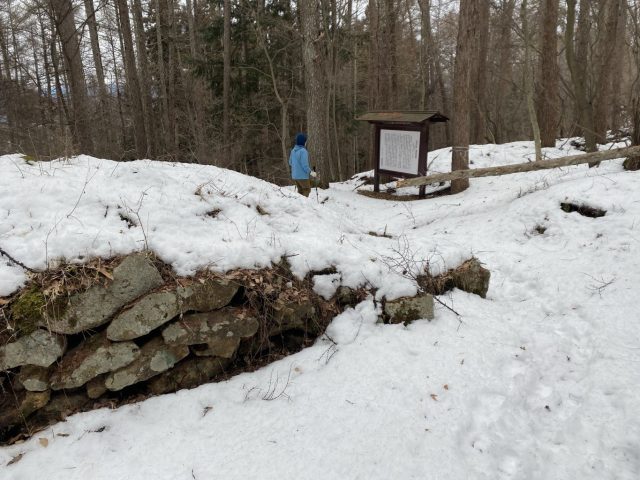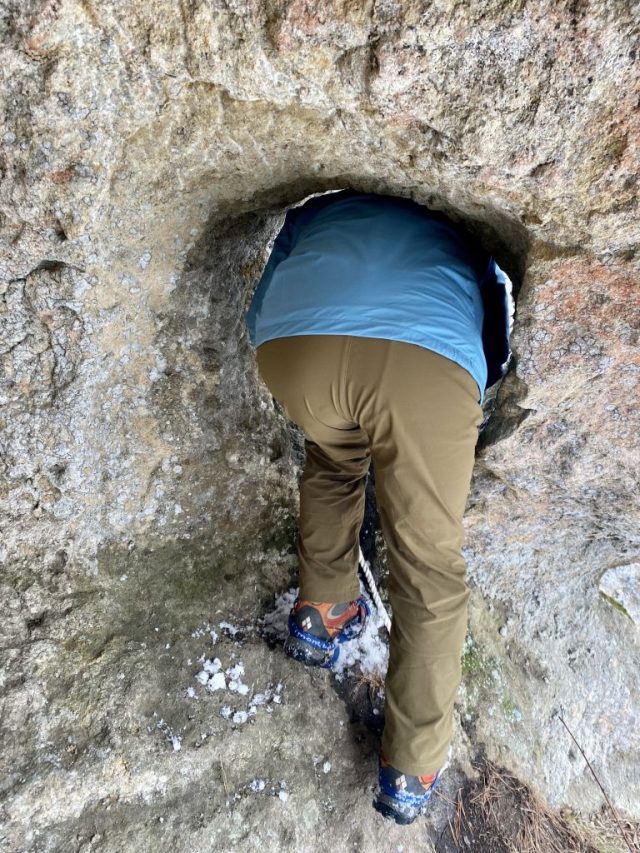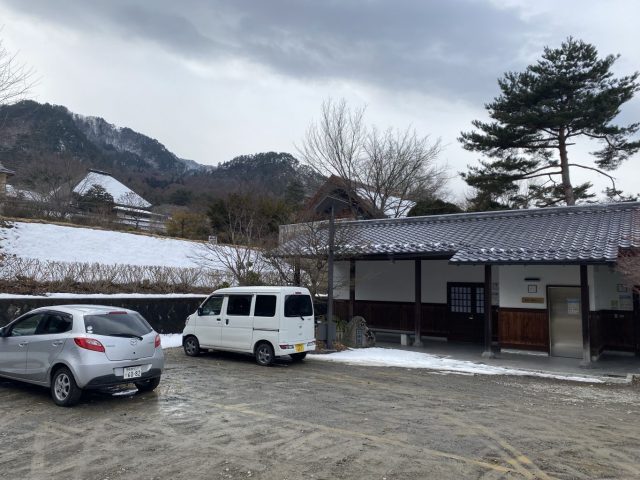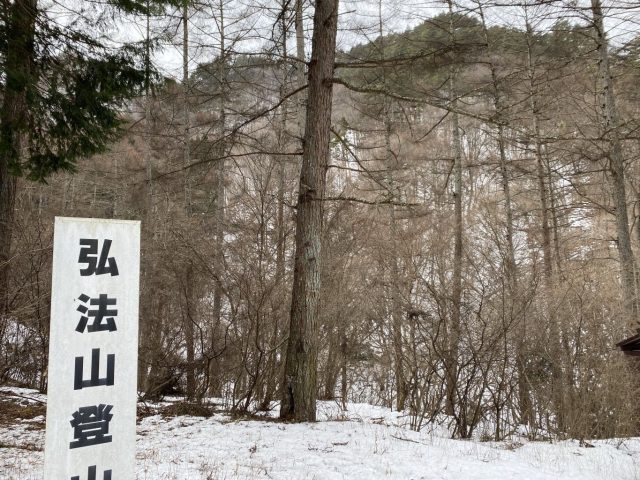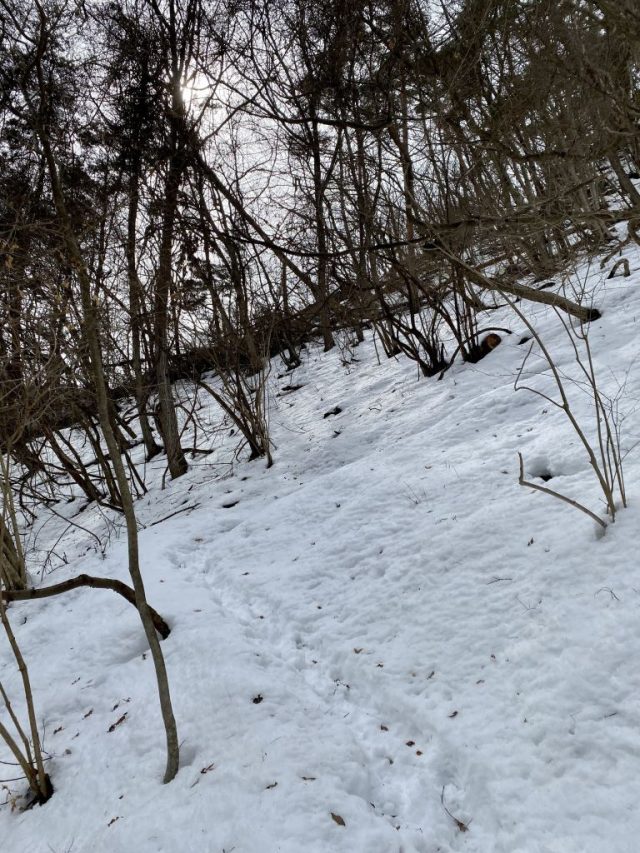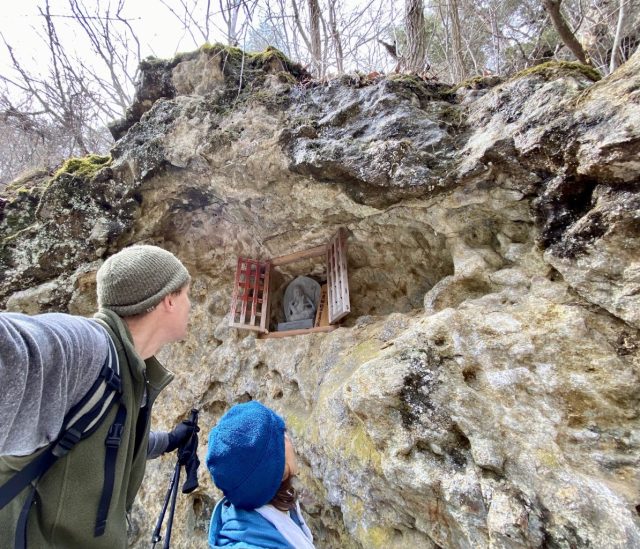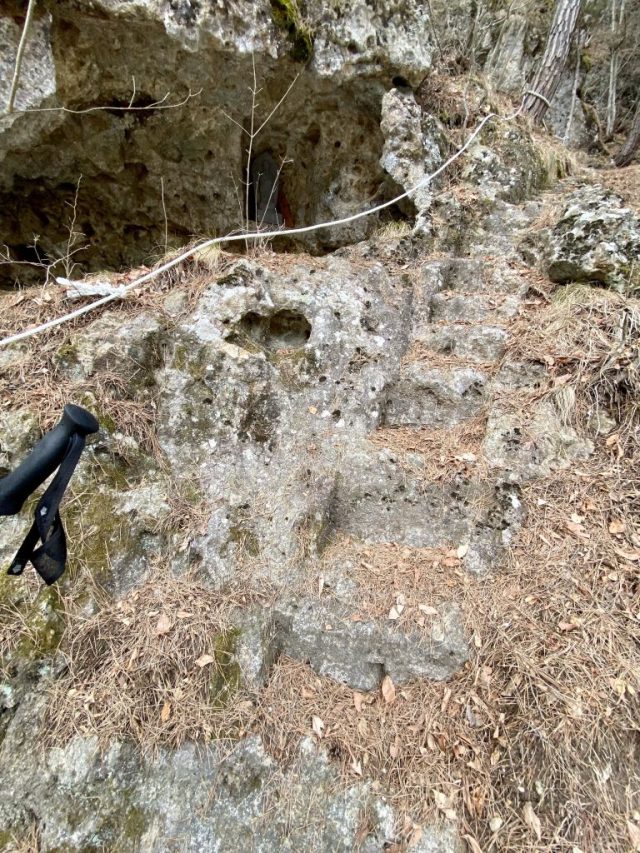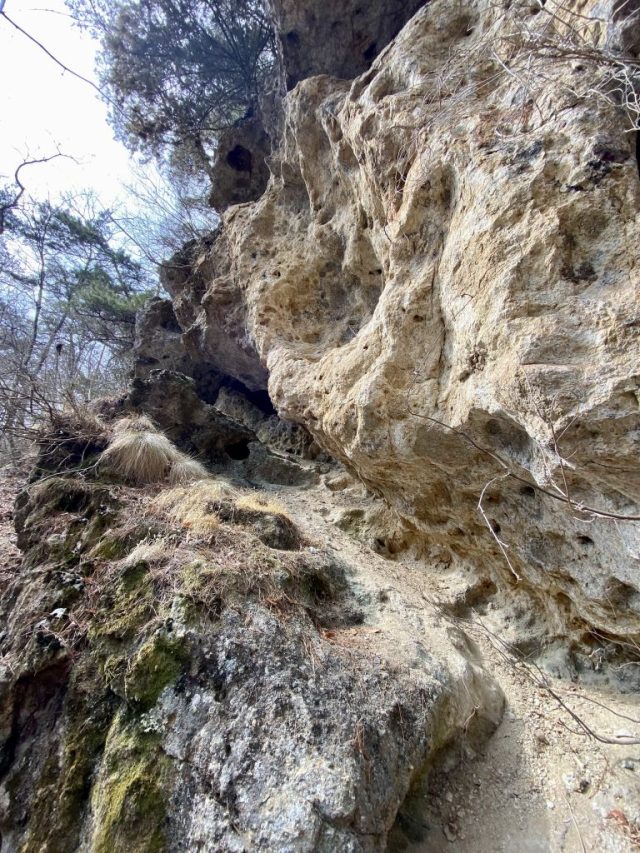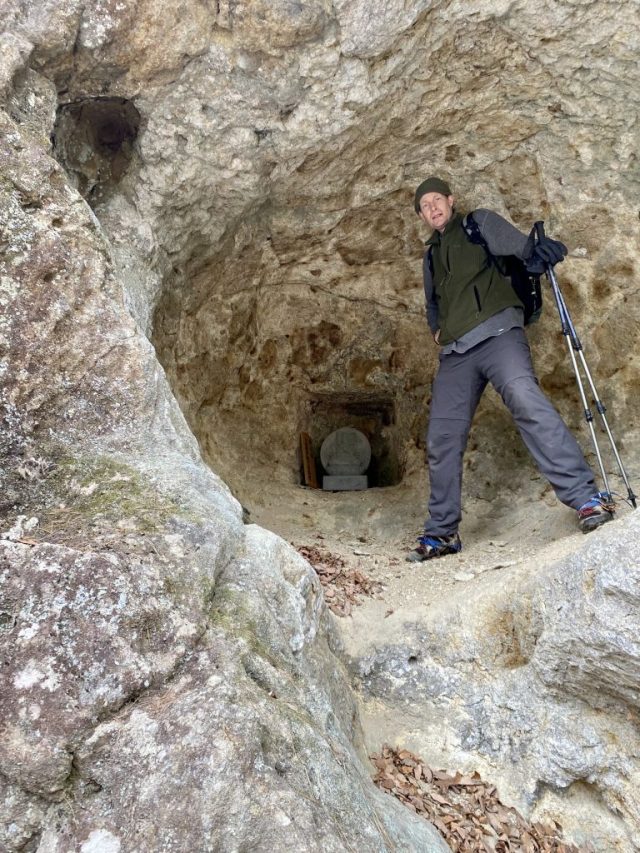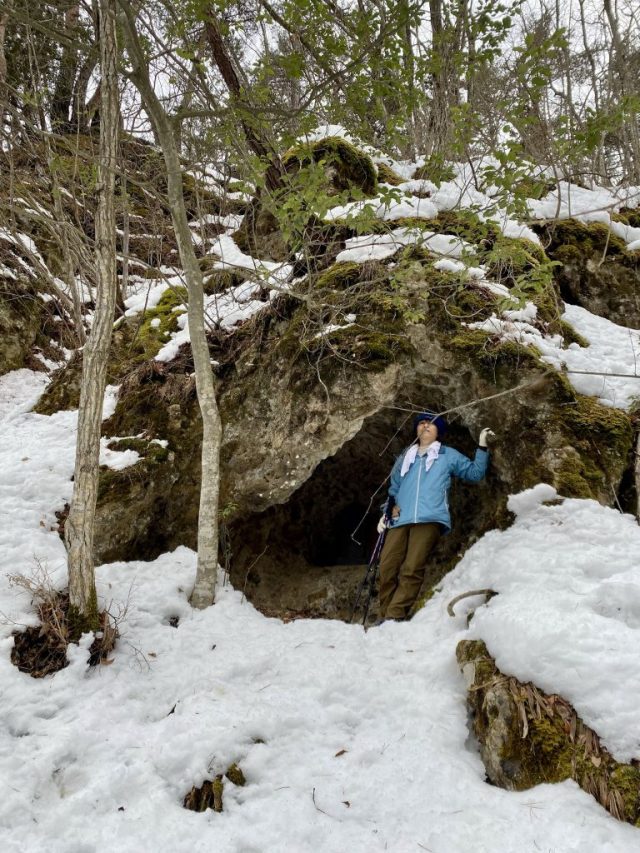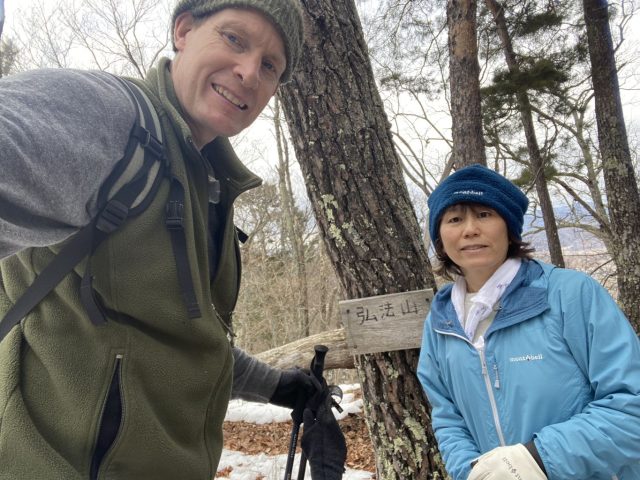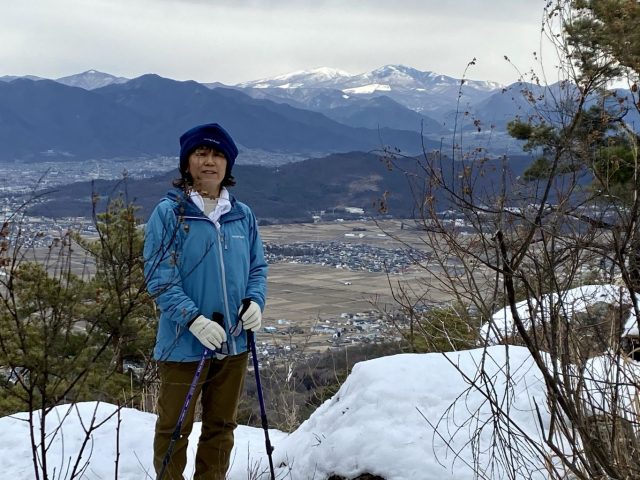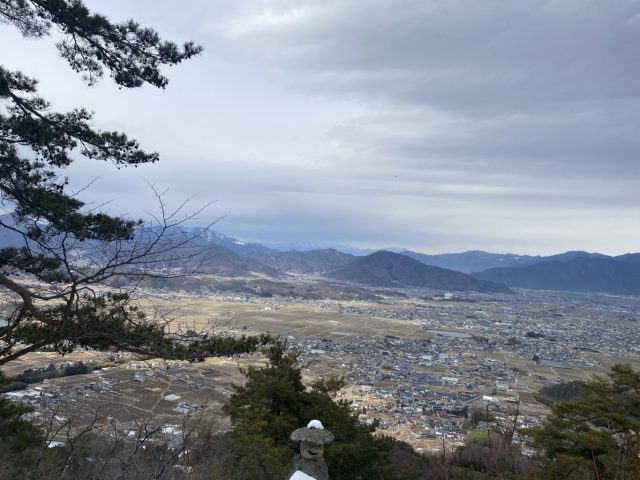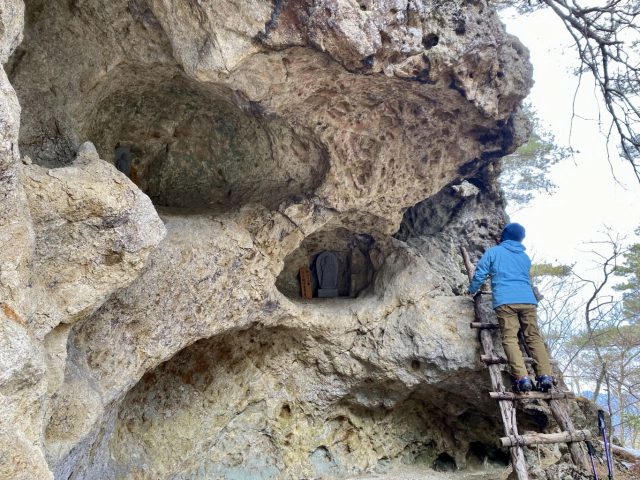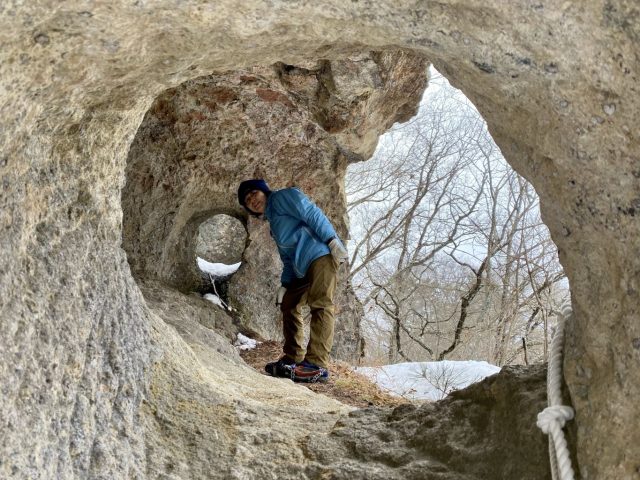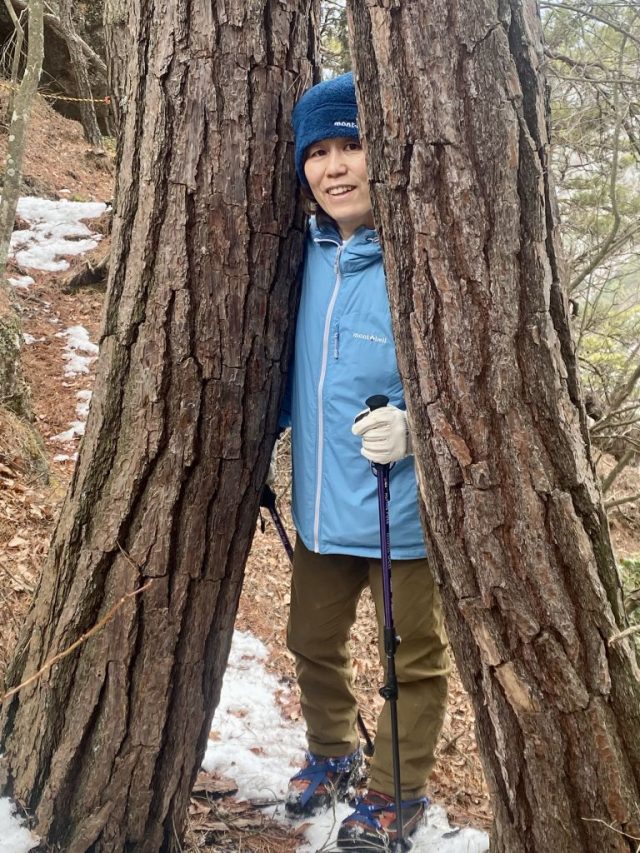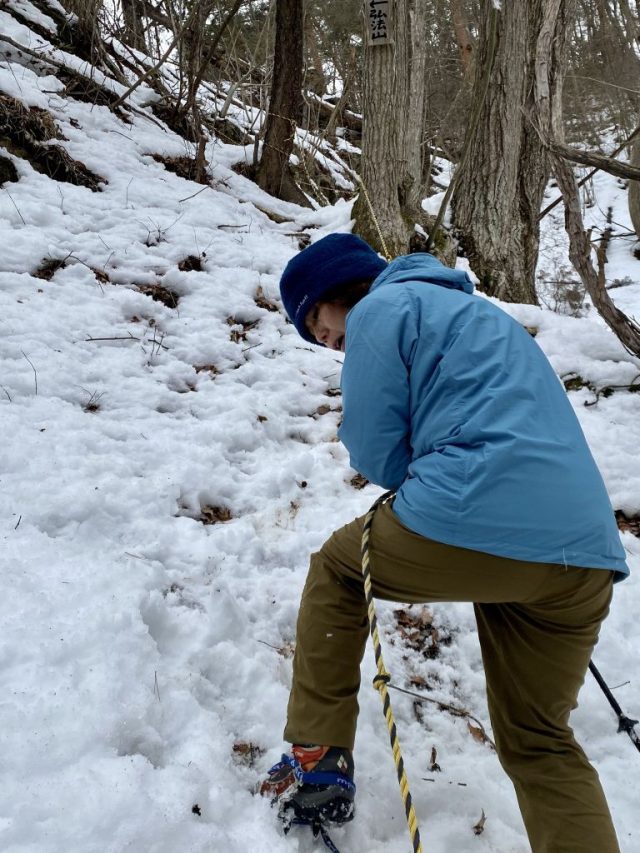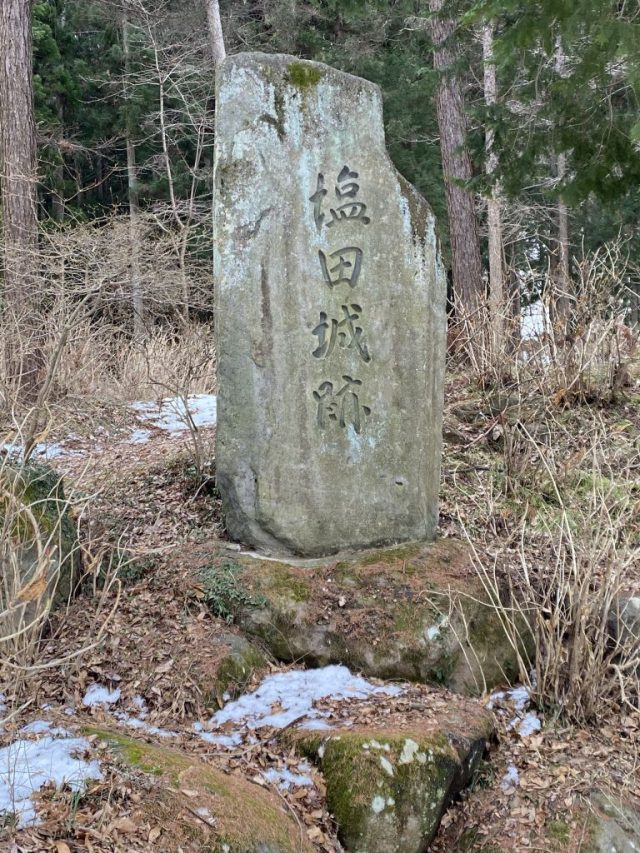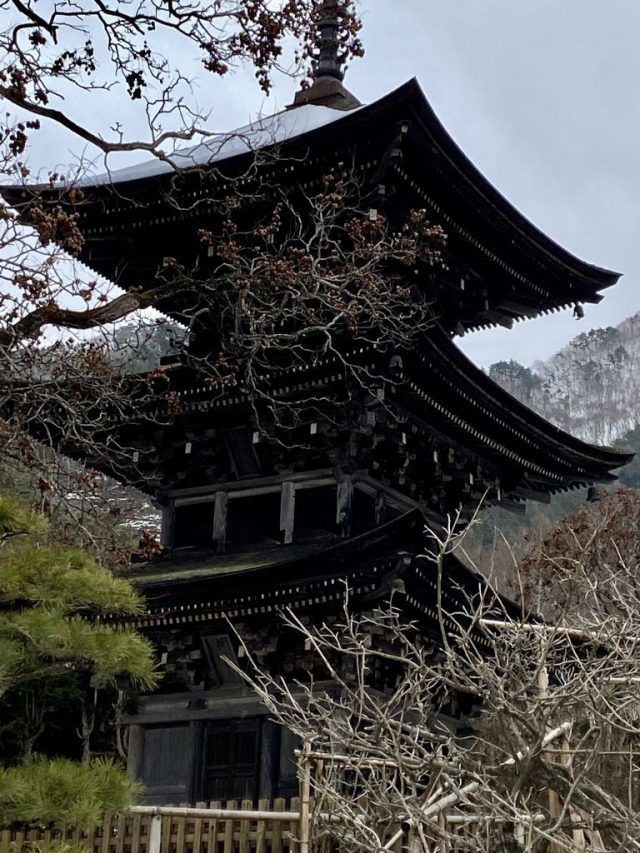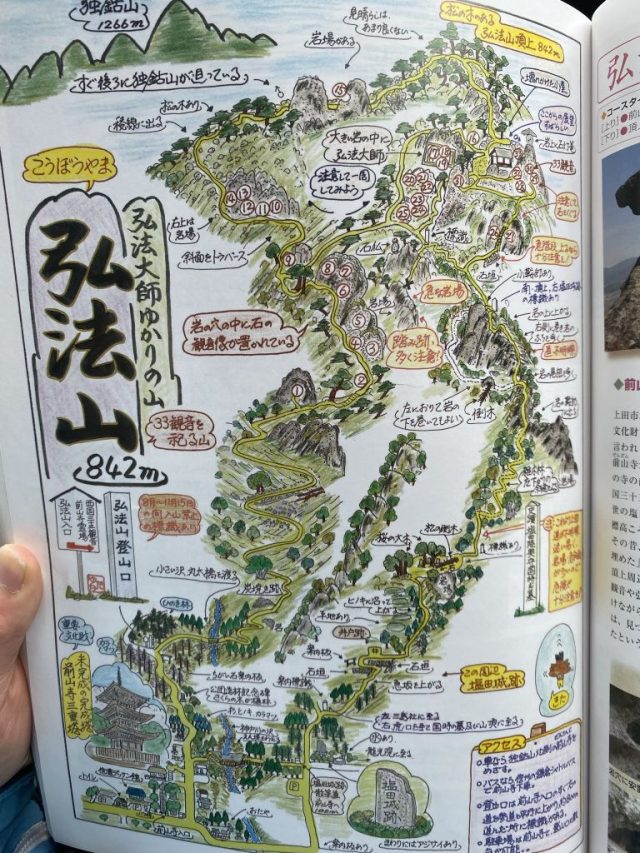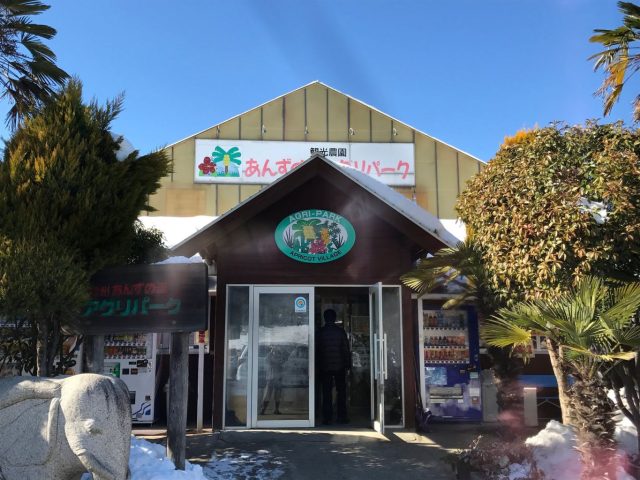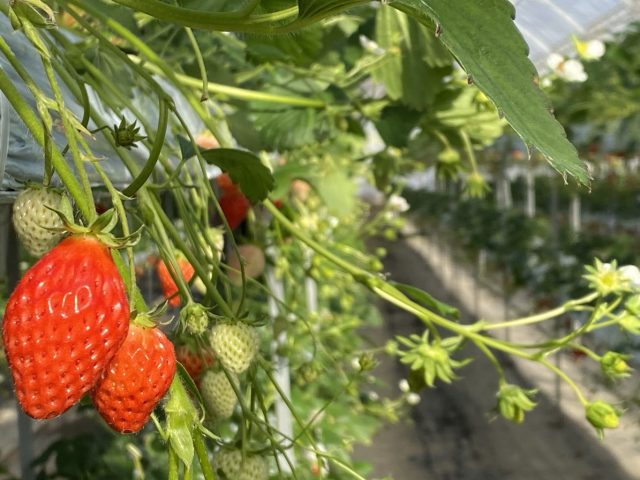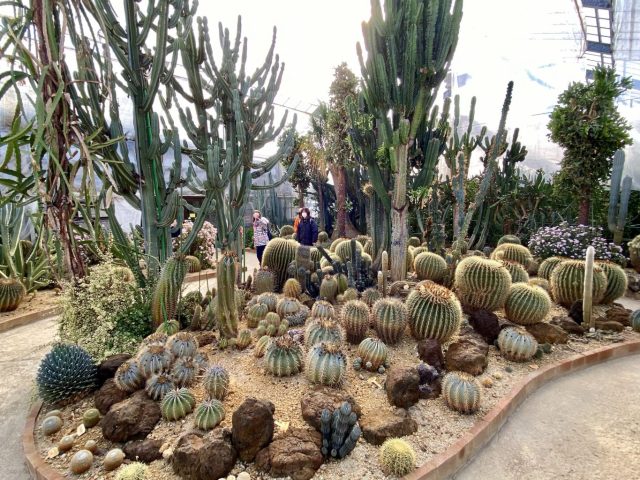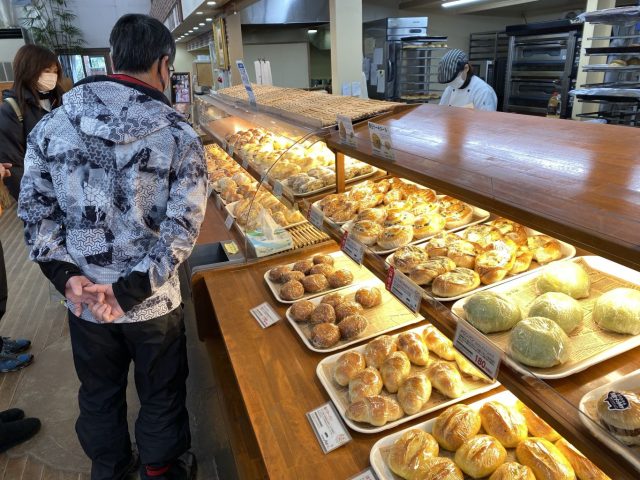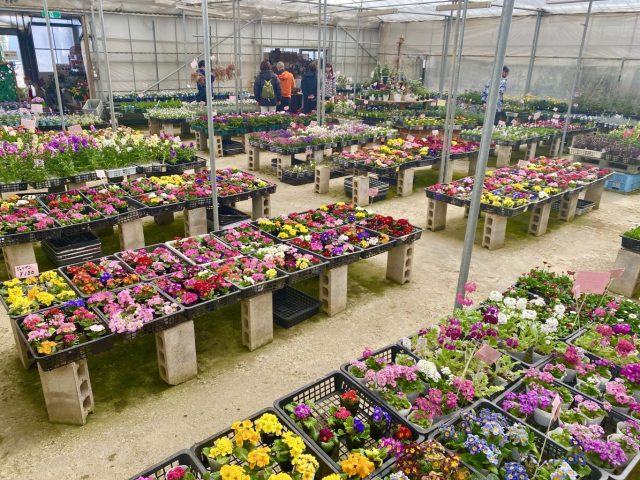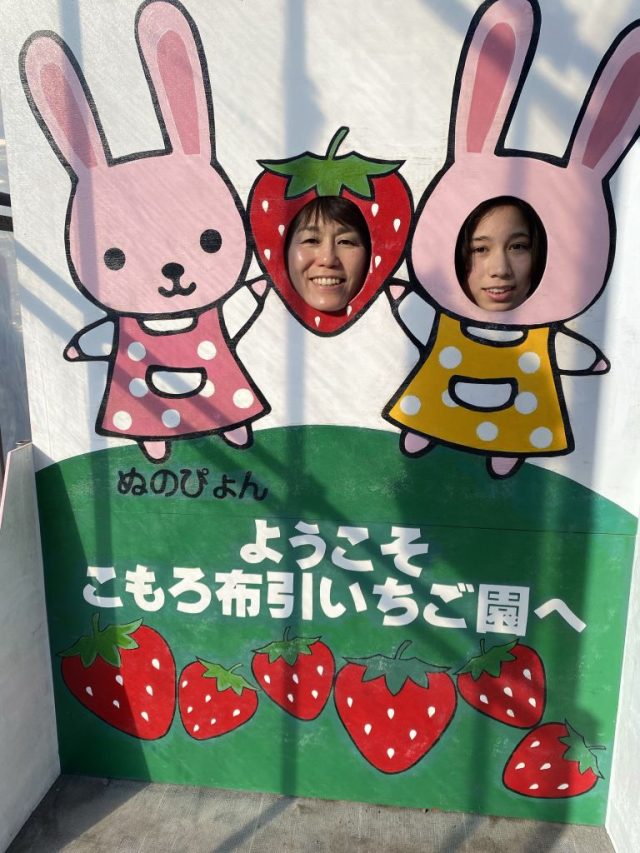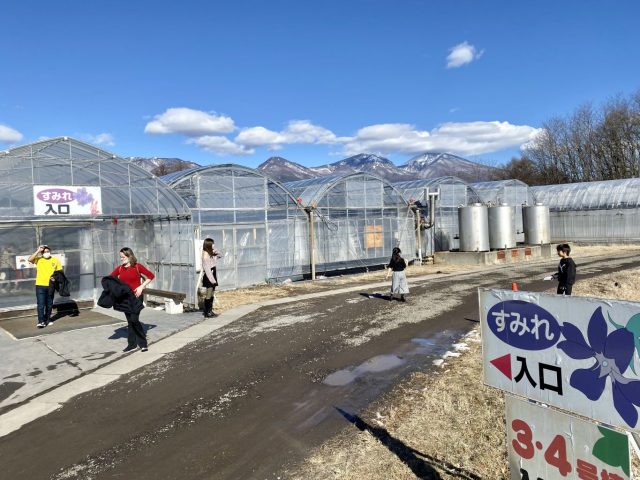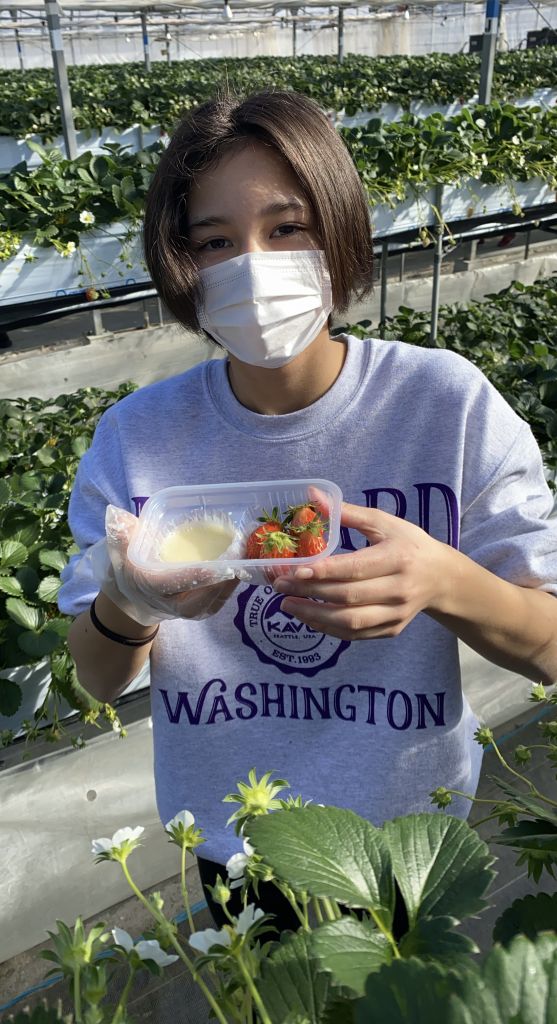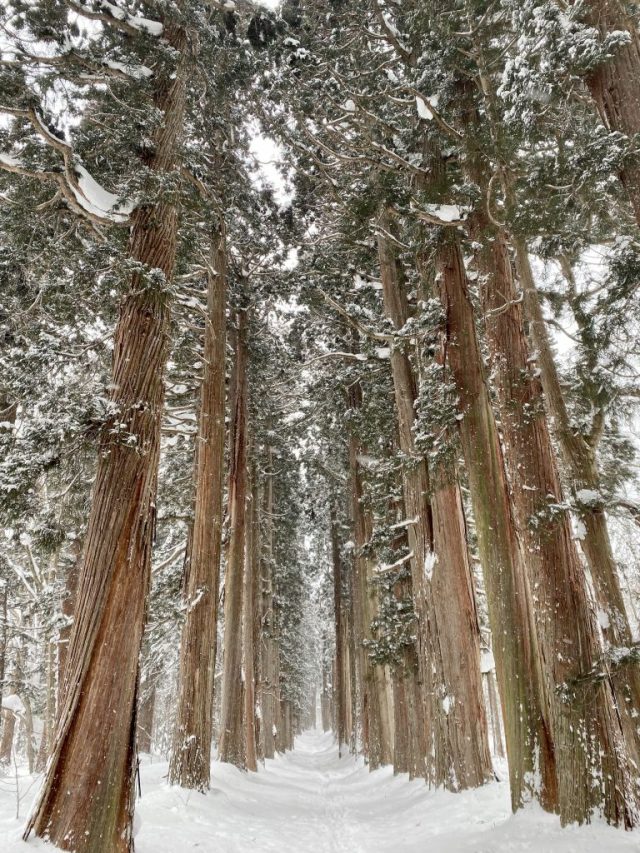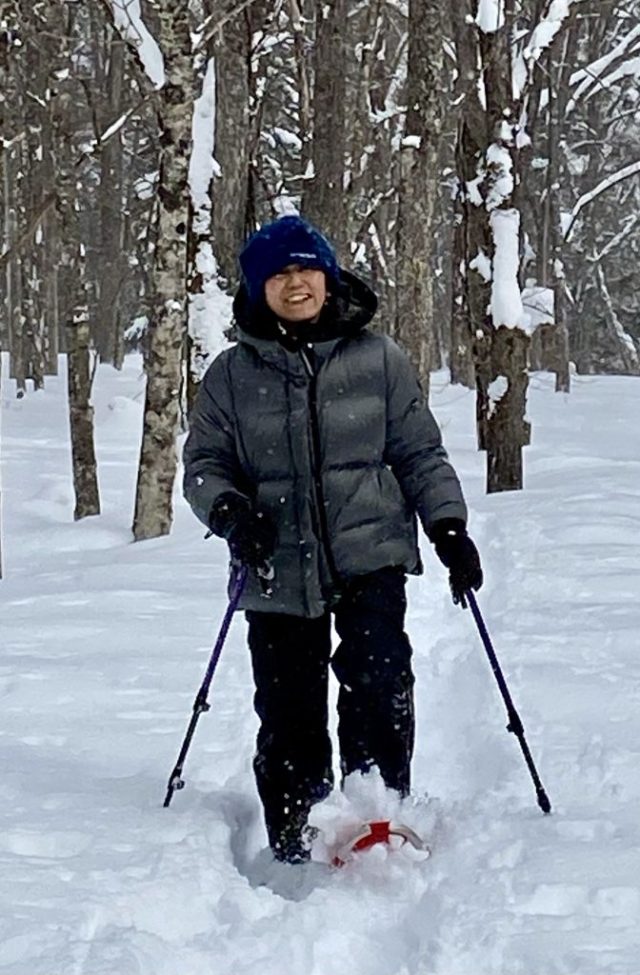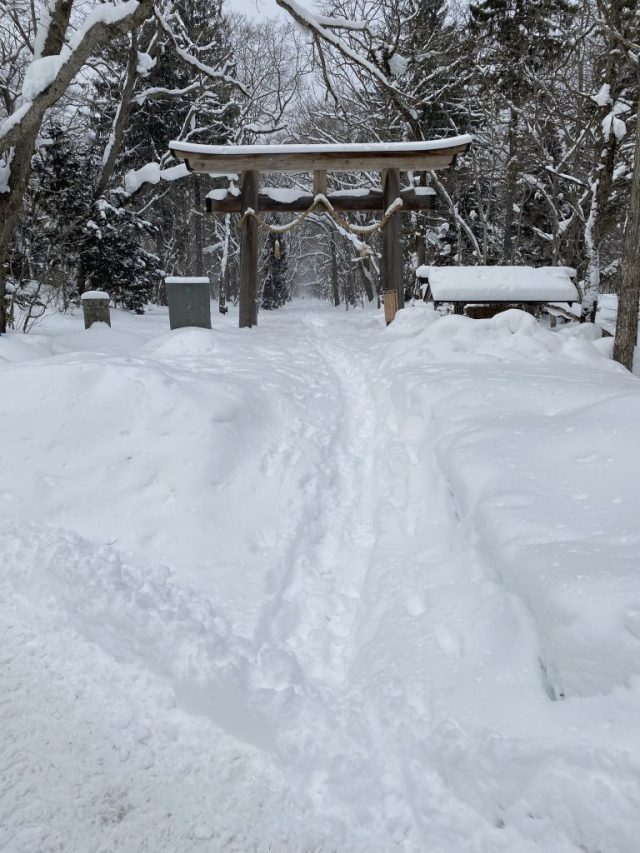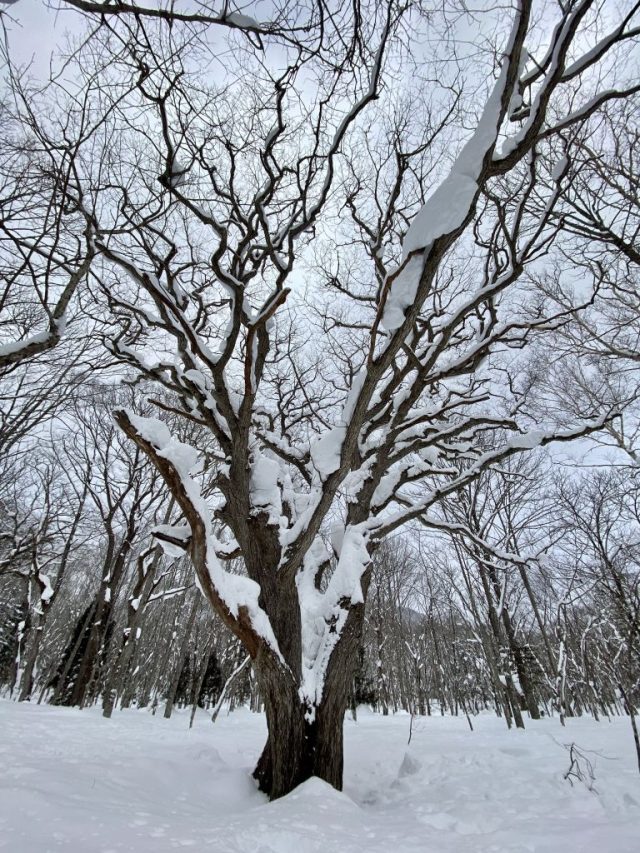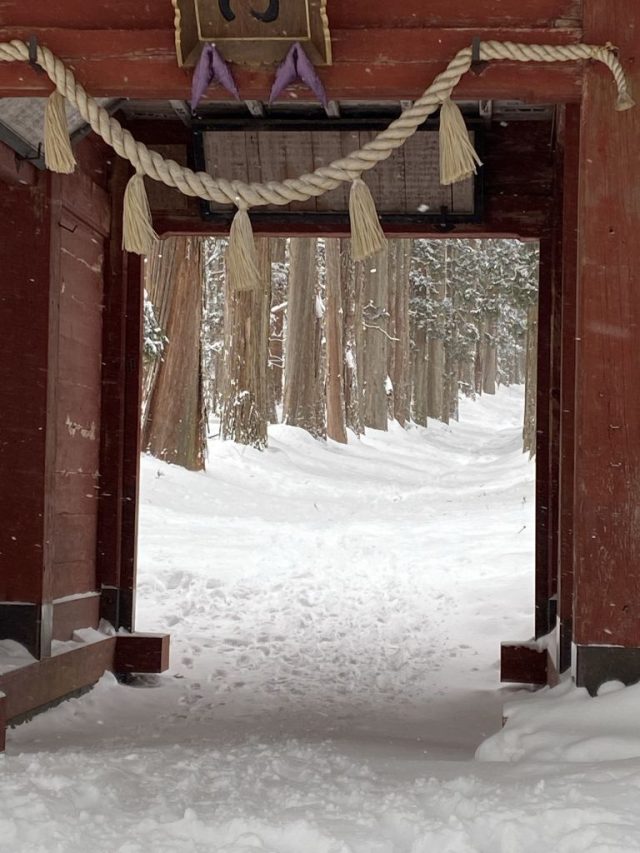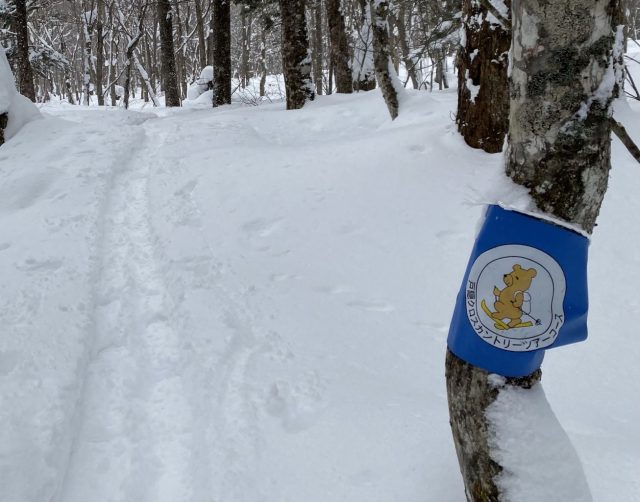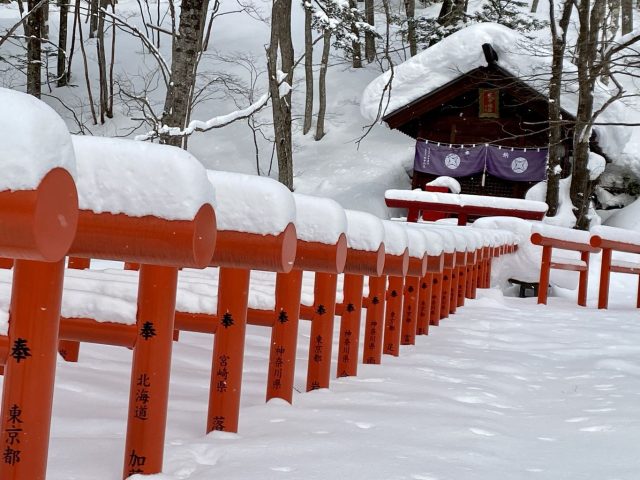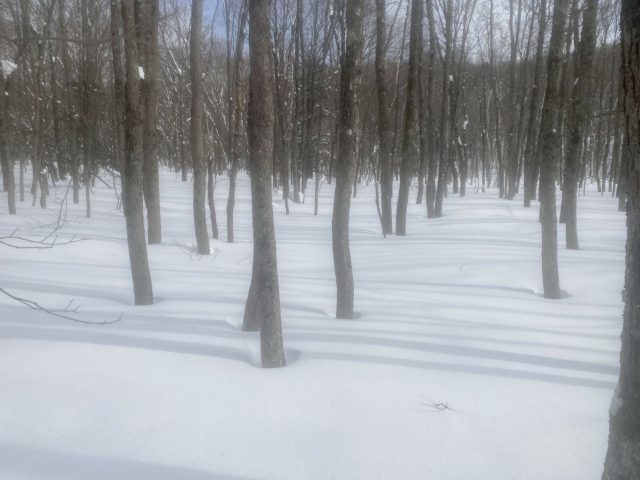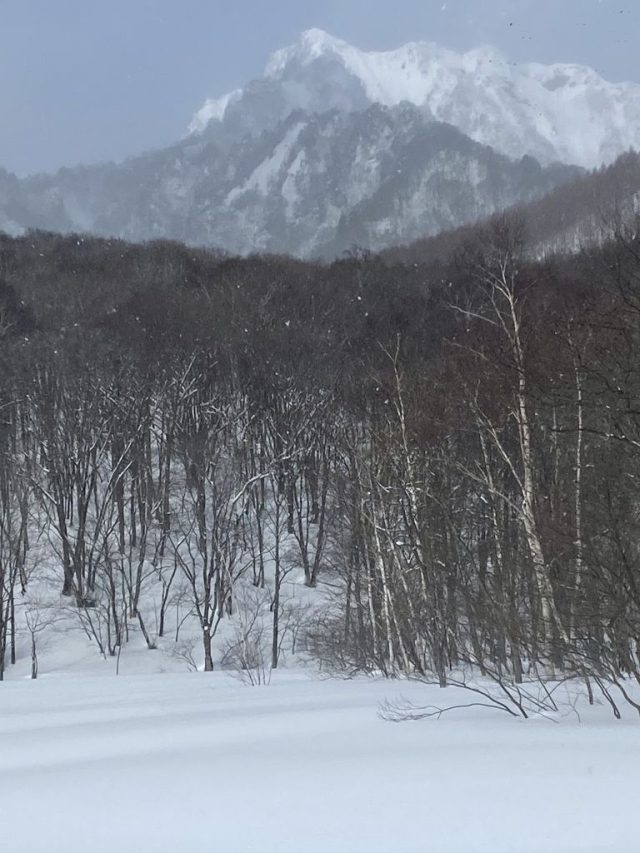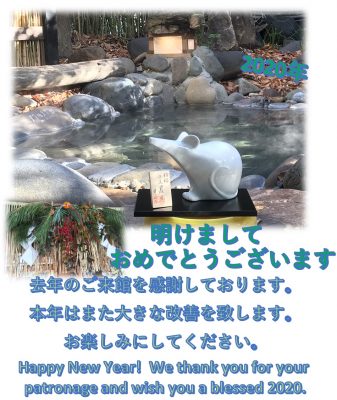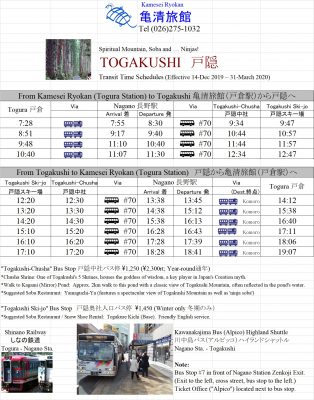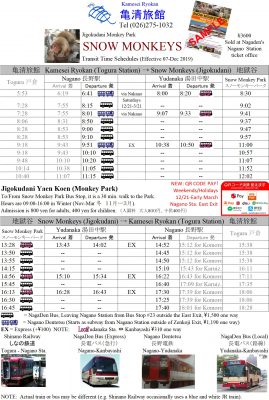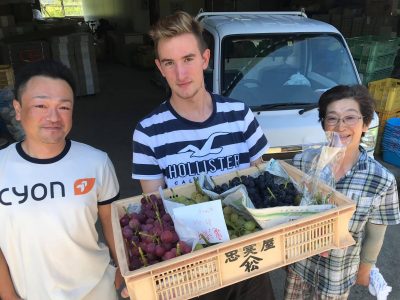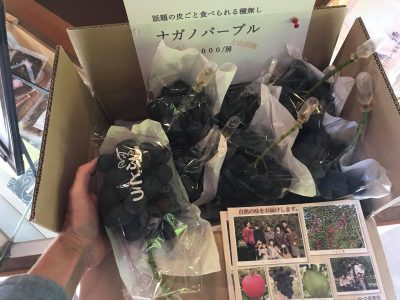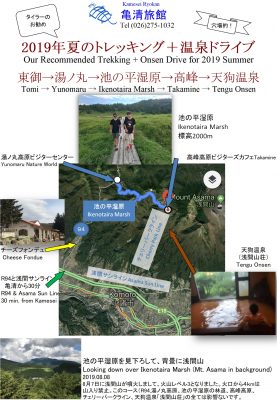How about spending an extended vacation in Nagano? Make Kamesei Ryokan your base for exploring Nagano Prefecture. Here are the 10 most popular day-trips.
1.Zenkoji Temple, Nagano City
Our onsen town, Togura-Kamiyamada, has traditionally been considered the resort of choice after visitors make their pilgrimage to Zenkoji. The venerable temple houses the "Amida Triad Sharing One Halo" image which is the oldest Buddhist image in Japan, having crossed over from the Korean Peninsula in 552. Once every 7 years it is put on display during the renowned Gokaicho ceremony. Visitors to the temple usually enter the Main Hall, and take the stairs down into a pitch-black corridor, feeling along the wall in the hopes of finding the 'key' that is located directly under said image. After transmitting prayers through the image, visitors ascend the stairs to once again be in the light, a sensation similar to being born again. More info here.

Venerable Zenkoji Temple
The main road leading to Zenkoji, "Naka-mise", is lined by souvenir shops and soba noodle restaurants. Here you are sure to find the perfect memorabilia to take home, as well as satisfy your tummy.
Access from Kamesei Ryokan: By car it is 27km (approx. 50 min.) to Zenkoji. It's best to take Route 18 and surface streets as the Expressway runs in an inconvenient direction. By train, it is 25 minutes from Togura Station to Nagano Station, and then a 5 minute bus to the temple.
Kamesei Tips: Leave your car at our inn, take the train from Togura Station, and walk from Nagano Station to Zenkoji. This allows you to enjoy walking up the Naka-mise street, as most parking lots are located behind the temple. Also, one block off Naka-mise to both the left and right are narrow lanes lined with Shukubo (temple lodging), a serene contrast to the chaotic scene of the shops and restaurants along the main street.
2.Karuizawa
Nagano Prefecture's premier resort town, Karuizawa boasts a large number of high caliber art museums and galleries, fantastic boutique shops, quaint chapels, and a smorgasbord of gourmet restaurants, all in a lush, natural setting. And that's not to mention the outlet shopping center. Plus there are the elegant Mikasa and Manpei Hotels and the fancy summer homes, giving the town an opulent atmosphere. Official info.

Classic Karuizawa; Mampei Hotel
Access from Kamesei Ryokan: For by both car and by train, there is a slow and fast option. By car, taking the Joshin'etsu Expressway and exiting at the Komoro IC, it is 50km, approx. 55 minutes. If you avoid the expressway and take the Asama Sun Line highway, it will take 10 minutes longer but the rural scenery is worth it. By train, you can transfer at Ueda to the Hokuriku Shinkansen and reach Karuizawa in 45 minutes. Or you can take the local train all the way from Togura for a leisurely 1 hour and 15 minutes (and 1/3 the price).
Kamesei Tips: Karuizawa's roads tend to get congested on weekends and holidays, especially in the summer, so take the train instead. Many head to Karuizawa to shop at the outlet stores, but the old-fashioned Kyu-Karu "Ginza" and the classy Harunire Terrace offer enticing alternatives.
3.Togakushi
The name "Togakushi" refers to a tale related to Japan's creation myth, appropriate for the area's mystical atmosphere. Perhaps the place best suited for feeling the spiritual power is the trail to Okusha, the Inner Shrine. It is lined by ancient cedar trees that give a distinct vibe of the power of nature. Togakushi is also famous for soba noodles, and there is something extra-special about the noodles prepared with the highland's clear water and clean mountain air. Togakushi hides one other secret: the eponymous Togakure-ryu ninjas. Many of our guests have come back from the Togakushi Ninja Village gushing that it was more fun than USJ! Official Info.
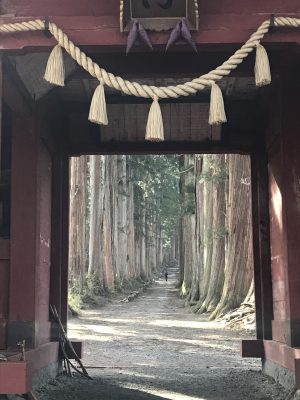
Zuijinmon Gate with the ancient cedar trees beyond
Access from Kamesei Ryokan: By car, there are 2 main routes. The typical way is to drive to Zenkoji and then up to Togakushi from there. 45 minutes + 45 minutes, for a total of 90 minutes. Alternatively, you can take the Joshin'etsu Expressway from the Koshoku IC to the Shinano Machi IC, and then the back roads up to Togakushi. With that route, from our door to the Okusha parking lot, it is 60 minutes. You have to pay the toll and it's the long way around, but it is considerably faster and less crowded. By train is is 25 minutes from Togura to Nagano Station, then an hour-long Alpico Bus up to Togakushi.
Kamesei Tips: Togakushi features 4 very distinct faces, depending on the season. Autumn is the most popular, with the fall leaves colors peaking in October and the new crop soba coming in November. However, spring is spectacular for bird watching and for the creamy white marsh lilies (aka skunk cabbage), summer means cool highland temperatures and playing in the streams, and in winter Togakushi is a snow shoeing paradise (ask us for great course recommendations). For ninja fans, the Ninja Village has an extensive variety of activities, but the Ninpo Center near the entrance to Okusha is much less crowded.
4.Matsumoto
Known as the Crow Castle, the formidable Matsumoto-jo is a designated National Treasure. It has been recently joined as such by Matsumoto's old Kaichi School building. Another popular destination is the Municipal Art Museum, with a selection of works by the world-renowned 'polka-dot lady', Yayoi Kusama. The Nawate-dori and Nakamachi shopping streets round out the must-see spots in central Matsumoto City. Official Info.
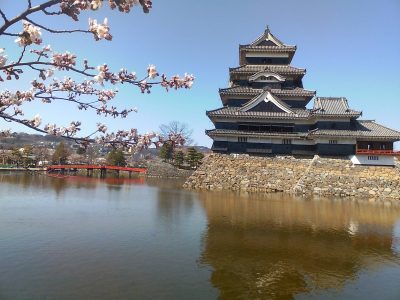
The stately black facade of Matsumoto Castle, aka The Crow Castle
Access from Kamesei Ryokan: By car, if using the Obasute SA Smart IC, it Matsumoto is a convenient 45 minutes from Kamesei. By train, we can provide shuttle service to Obasute Station to catch the local JR train Matsumoto Station, also 45 minutes.
Kamesei Tips: We personally are big fans of Matsumoto's craft scene. There are several unique shops along Nakamachi, including our favorite, Chikiriya. The Craft Fair held the end of May is one of the best in the country, and year-round you can go to the Matsumoto Folkcraft Museum and see some outstanding examples of Matsumoto's hand-built furniture.
5. Obuse
Famous for chestnut sweets and the ukiyo-e artist Hokusai, Obuse is particularly popular with two types of visitors: Japanese and other Asians for the chestnut mont blanc, and Westerners for the Hokusai Museum and ceiling painting of a phoenix at Gansho-in Temple. Personally, our favorite aspect is the quaint townscape, especially Chestnut Lane and all the Open Gardens.
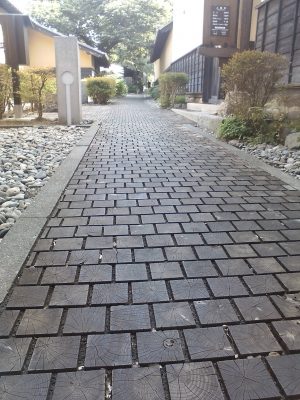
Obuse's quaint Chestnut Lane
Access from Kamesei: By car Obuse is 45 minutes using the Joshin’etsu Expressway and the Obuse SA Smart IC (ETC card required). By train, from Togura Station to Obuse Station transferring at Nagano Station, it takes approximately 80 minutes.
Kamesei Tips: In the center of town is the Takai Kozan Musem. Here you can learn about Hokusai’s patron and see what the town was like when the famous artist resided here. Outside of the center beyond Gansho-in is another temple called Joko-ji. The enterprising head priest has undertaken many initiatives to make the temple relevant to today’s Japan. Just one project is indicated by Joko-ji’s nickname: The Slackline Temple. By the way, next door is a restaurant specializing in tofu dishes – Yummy!
6. The Roof of Japan – Kamikochi, Utsukushigahara and a variety of Ropeways and Gondolas
One of Nagano’s biggest draws are its many mountains. The Prefecture is not only home to all three of the Japanese Alps ranges (Northern, Central and Southern), but has Shiga Kogen and the “5 Northern Nagano Peaks”. Everywhere you go in Nagano you will see mountains!

Convenient Access to the Roof of Japan (Pictured: Ryuoo Ropeway
Many of our guests visit Nagano to go to the mountains, then come down to relax at our inn. Some of the easiest to access are Norikura (via the Echo Line bus), Komagatake and the Senjojiki Cirque via ropeway, Utsukushigahara Highlands and Mt. Kurumayama by driving the Venus Line and taking the Kurumayama Skylift, SORA Terrace via the Ryuoo Ropeway, Nojiri Lake Terrace on Mt. Madarao using the Tangram gondola, and Mountain Harbor high up in the Hakuba Range using the Iwatake gondola.
Access from Kamesei varies by destination. We suggest you confer with us and use our collection of brochures (and discount coupons!).
7. Mountain Climbing and Trekking
Lots of guests show up wearing hiking boots after traipsing around Nagano’s mountains and forests. We are actually fans of mountain climbing, too, and have explored most of the trails around our onsen town Togura-Kamiyamada and several throughout the Prefecture.
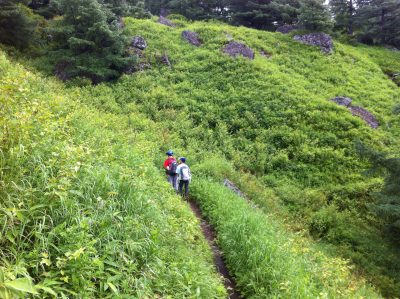
Explore Nagano's Wilderness
We would be happy to give advice for Nagano's popular trails, such as Mt. Asama and Shiga Kogen, as well as lesser known treks such as abandoned rail tunnels or the Birth-mountain of Kintaro, the Golden Boy -- we've explored them all. After factoring in the weather and your desired activity level, we are sure to come up with the perfect suggestion. And don't worry if the day of your expedition turns out to be rainy -- there are indoor options, too, such as rock climbing gyms.
Access as well as our Kamesei Hints depend on the actual trail so feel free to inquire.
8.Winery Tour
Nagano's wineries have been gaining attention on the global stage lately, and we are fortunate to have several "Wine Valleys" in our vicinity.
The eastern section of the Chikuma River Wine Valley is perhaps most famous for Villa d'Est Garden Farm and Winery, but don't overlook its Tomi City neighbor Rue de Vin. Mann's Winery in Komoro has a long-established history, while Chateau Mercian's new Mariko Winery in the hills above Ueda City has already made the global Top 50 list.
The northern reaches of the Chikuma River Wine Valley includes the highly-acclaimed Kusunoki Winery in Suzaka (the chardonnay is a life-changer!) and St. Cousair and its restaurant with panoramic view in Iizuna town.
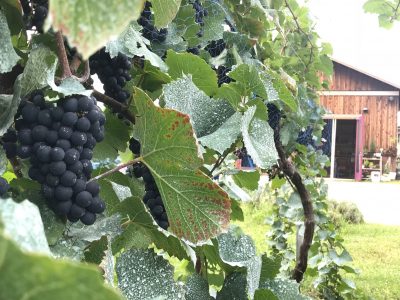
Access and our Kamesei Tips will depend on your itinerary. We would be happy to provide suggestions. And with our Nagano Wine Stay Plan, you are welcome to bring your own bottle of Nagano Wine to have with your dinner. We also have an eclectic selection of local wines to enjoy with your meal.
9.Apricot Village, Fruit Paradise
The nearby Mori district is nicknamed "Anzu no Sato" (Apricot Village), as our city is Japan's #1 producer of apricots. In early April the entire valley is covered in the delicate pink blossoms. It is said you can see 100,000 apricot trees at one time from the viewpoint at the top of the valley. On a clear day, the snow-capped peaks of the Northern Japanese Alps provide a stunning backdrop.
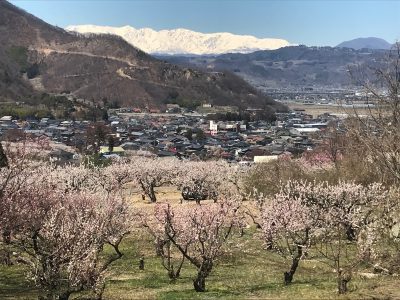
Pastoral "Apricot Village" Mori with blossoms in the foreground and the snow-capped Alps in the distance
Apricot fruit is available for picking in late June / early July. The heritage varieties tend to be tart and are ideal for making into jam or dried fruit, but newer varieties such as Harcot are sweet enough to eat fresh off the tree. And don't forget apricot soft-serve ice cream!
Besides apricots, our area features a parade of fresh fruit year-round. Later in July following apricots are cherries and then plums and nectarines. With August comes the famous Kawanakajima peaches. September means table (eating) grapes while apple season is primarily October (Nagano's "Three Apple Siblings": Shinano Sweet, Shinano Gold and the deep-red colored Akibae, as well as the tart heritage Kogyoku) and November (the mainstay Fuji apples). Strawberries are available for picking in green houses in the winter through late spring.
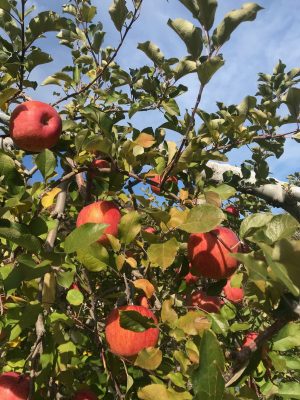
Our Onsen Town Togura-Kamiyamada has several fruit orchards nearby
We are fortunate to have several grape and apple orchards within a 5 minute drive from our inn.
10. Fabled Moon-Reflecting Obasute Rice Terraces *Japan Heritage Site*
The Obasute Rice Terraces are a quick 10 minutes by car from Kamesei Ryokan. They are located on a slope at the base of the 1252-meter tall Mt. Kamuriki which towers over our city. The mountain is nicknamed “Obasute Mountain”, refering to the ancient legend about abandoning elderly people on the mountaintop. From ancient times, the area at the foot of the mountain has been renowned for its stunning views of the moon, especially a phenomenon known as “Tagoto no Tsuki” where the moon reflects in the individual rice paddies. In October 2020, Obasute was designated a Japan Heritage site for the moon-viewing story.
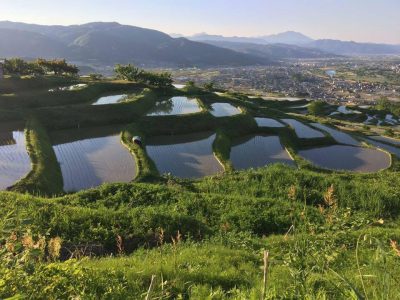
Obasute's moon-reflecting rice terraces
Obasute overlooks the Zenkoji Plain. One of the best places for the view is the platform of Obasute Station. The lights down in the valley at night are a popular site.

Don't miss the Obasute Night View
Access and Advice: The Obasute Rice Terraces are just 10 minutes by car from Kamesei Ryokan. You can park at the Obasute Tourism Hall on the north side and stroll the paddies from Choraku-ji Temple. We at Kamesei Ryokan through our Zukudashi Eco Tours offer guided cycling tours of the Japan Heritage site. For the night view, the local tourism association runs a special sightseeing bus. Kamesei's owner is one of the regularly scheduled guides and would love to accompany you to see the lights of the Chikuma River Valley from Obasute.
Bonus: The Snow Monkeys at Jigokudani Wild Monkey Park
No visit to Nagano would be complete without seeing the world-famous Snow Monkeys at the Jigokudani Wild Monkey Park. These are the only wild monkeys in the world that soak in an onsen bath. They draw photographers from across the globe to capture their blissful expression as they luxuriate in the hot spring water.

Blissful snow monkeys
While many people go see the monkeys during winter to see them in their snowy habitat, the babies born in the springtime are little fur-balls running all over the place making the Monkey Park a treat to visit year-round.
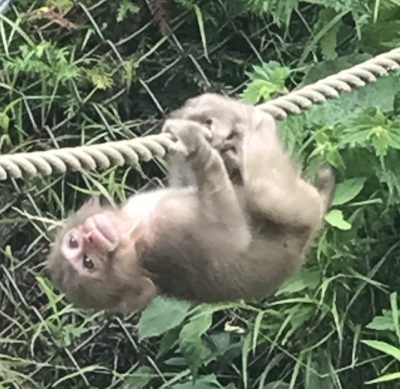
Playful Baby Snow Monkey
Access and Advice: By car the parking lot is 60 minutes from Kamesei Ryokan using the expressway. By public transportation, it is 25 minutes by train from Togura to Nagano, then a 45 minute express bus to the trailhead. (See the Kamesei blog for updated train / bus schedules.) Either way, there is a 30 minute walk through a beautiful evergreen forest to the actual park. If you go in the fall, during the macaques' mating season they may be, err, preoccupied and won't come down to the park. You can check the live camera feed on the park's website for the latest status.

